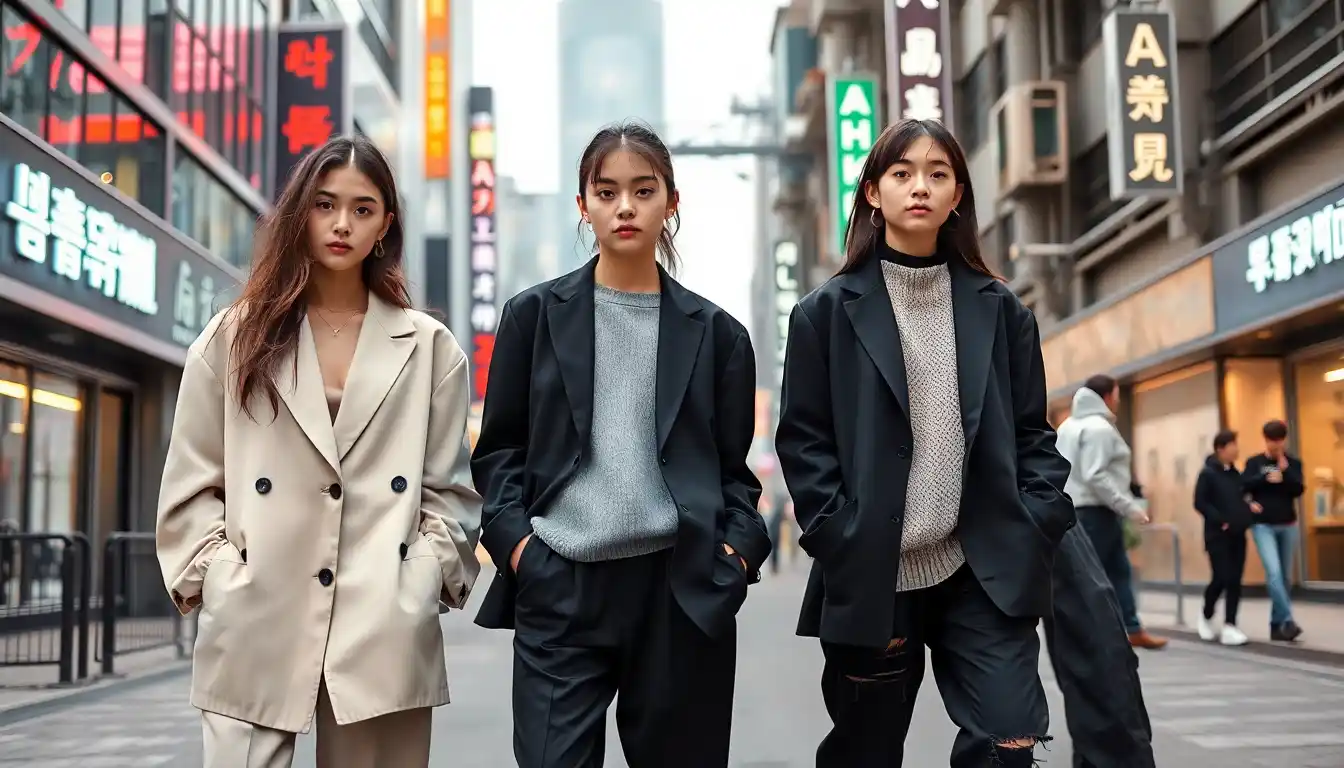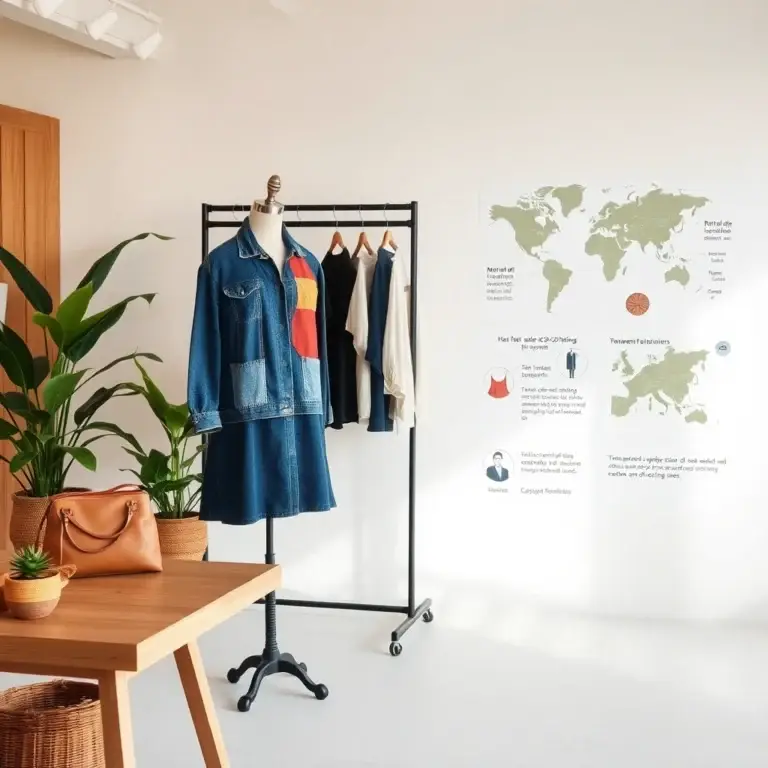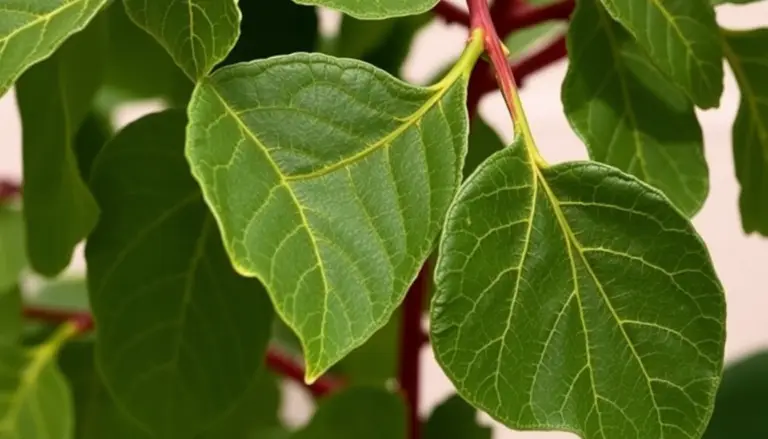Acubi Fashion: Exploring Korea’s Edgy Minimalist Movement Taking Over Street Style
Table of Contents
In the ever-evolving world of fashion, where trends rise and fall like tides, a new wave from Seoul is making a global splash: Acubi fashion. This avant-garde movement, characterized by oversized silhouettes, neutral palettes, and raw textures, has captivated Gen Z and millennials alike, merging minimalist restraint with rebellious edge. Rooted in Seoul’s indie subcultures and amplified by social media, Acubi (a term derived from “acupuncture” and “bi,” symbolizing precise yet organic creativity) is redefining streetwear by blending comfort, sustainability, and gender-neutral design. In this deep dive, we explore Acubi’s origins, decode its key elements, and share styling hacks to master its effortlessly cool aesthetic.
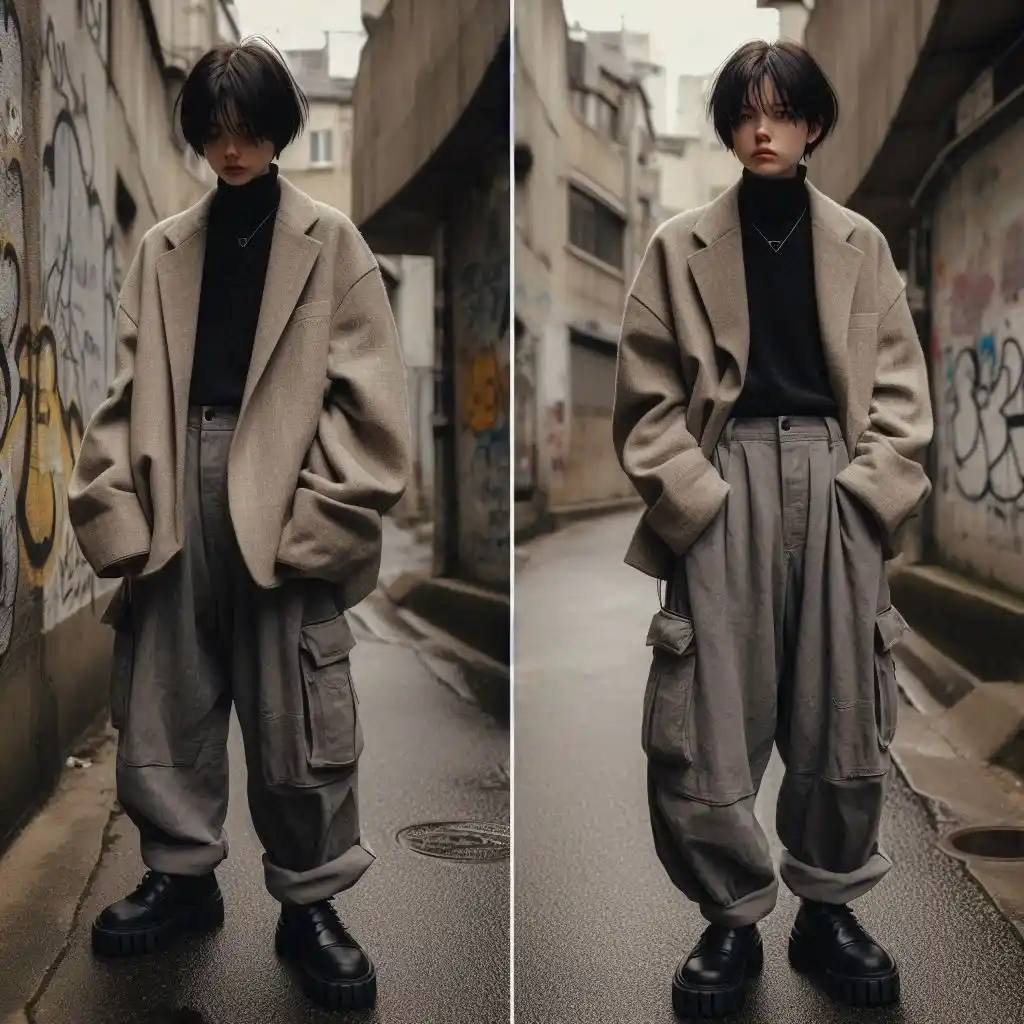
The Origins of Acubi Fashion: Seoul’s Indie Rebellion Goes Global
Acubi fashion didn’t emerge in a vacuum. Born in the late 2010s within Seoul’s underground indie scene, it reflects South Korea’s growing appetite for subversive self-expression. As K-pop and K-dramas dominated global pop culture, a quieter revolution was brewing in the backstreets of Hongdae and Euljiro—districts known for their thrift stores, indie designers, and anti-establishment ethos.
Social Media as a Catalyst
Platforms like Instagram and TikTok transformed Acubi from a niche trend into a worldwide phenomenon. Korean influencers and designers began posting looks featuring slouchy blazers, asymmetrical hems, and monochromatic layers, tagging #AcubiFashion. The hashtag now boasts millions of views, with global fashion enthusiasts dissecting the trend’s “effortless undone” appeal.
Anti-Fast Fashion Ideals
Acubi rejects the throwaway culture of fast fashion. Instead, it champions timeless, versatile pieces—oversized trousers, boxy outerwear—that defy seasonal trends. Brands like Acubi Studio and LMC (Lost Management Cities) lead the charge, prioritizing organic fabrics and gender-neutral designs. This ethos resonates with younger generations seeking sustainability without sacrificing style.
Cultural Context
The movement also mirrors South Korea’s societal shifts. As gender norms blur, Acubi’s unisex silhouettes—think baggy jeans paired with tailored vests—reflect a broader push toward inclusivity. Meanwhile, its “raw” textures (wrinkled linen, exposed seams) symbolize a rejection of polished perfection, aligning with Gen Z’s embrace of authenticity.
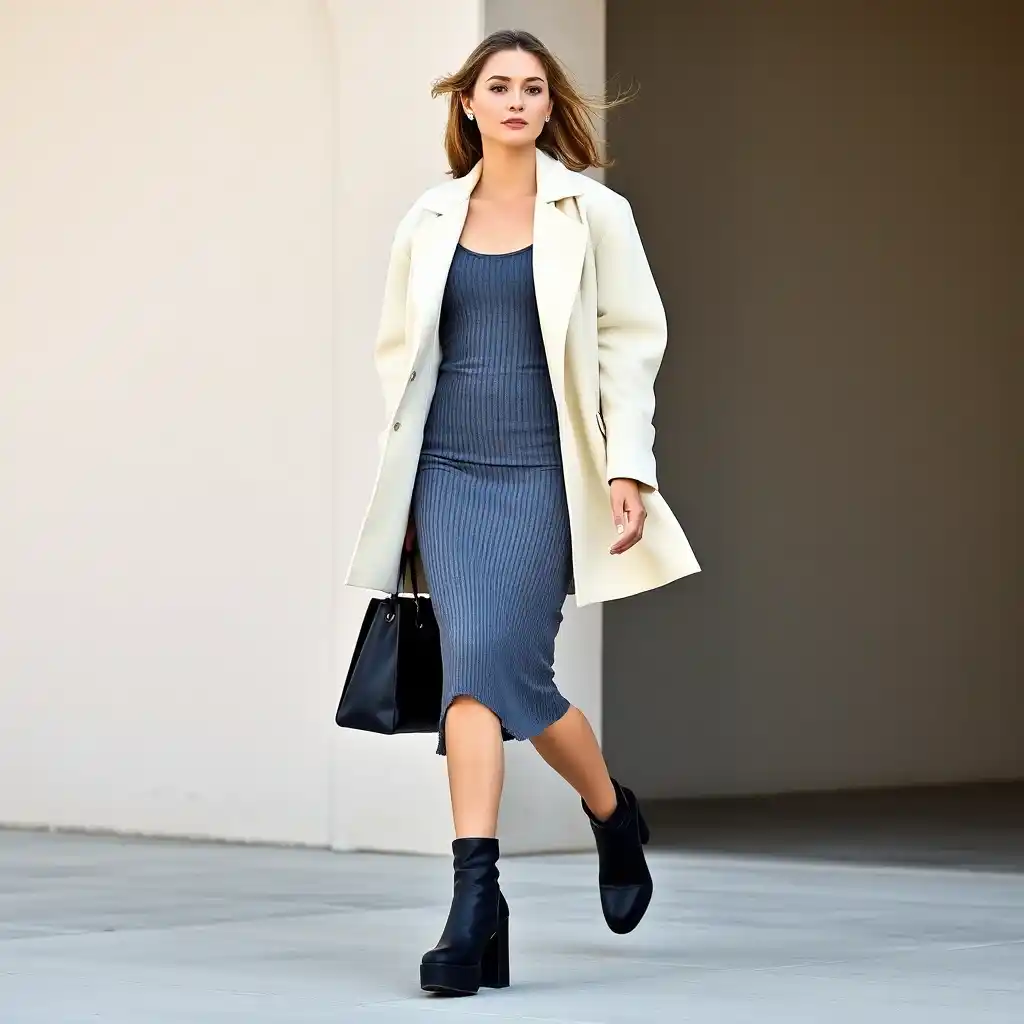
Key Elements of Acubi Style: Deconstructing the Aesthetic
Acubi fashion thrives on contradictions: structured yet slouchy, minimalist yet bold. Below, we break down its defining features.
1. Oversized, Structured Silhouettes
The cornerstone of Acubi is its love for volume. Think baggy cargo pants, boxy blazers, and exaggerated sleeves that drape like architectural marvels. These pieces aren’t just roomy—they’re intentionally sculpted to create a sense of controlled chaos. For instance, a cropped, oversized shirt might be paired with high-waisted, wide-leg trousers, balancing proportions while maintaining a relaxed vibe.
2. Neutral & Monochromatic Palette
Acubi’s color scheme is a study in restraint. Beige, cream, gray, and black dominate, evoking a muted, almost earthy sophistication. This palette allows textures and shapes to take center stage. A head-to-toe cream ensemble, for example, might layer a ribbed knit vest over a linen shirt, with tonal variations adding depth.
3. Raw Textures & Fabrics
Imperfection is key. Acubi embraces fabrics that look lived-in: crinkled linen, distressed knits, and unfinished hems that whisper “I woke up like this.” These textures add tactile interest, turning simple outfits into sensory experiences. A wrinkled linen coat thrown over a ribbed turtleneck becomes a statement in organic elegance.
4. Utilitarian Details
Functionality meets artistry through straps, pockets, and asymmetrical cuts. A trench coat might feature detachable sleeves, while cargo pants boast multiple pockets in unexpected placements. These details nod to workwear but are reimagined with a futuristic twist.
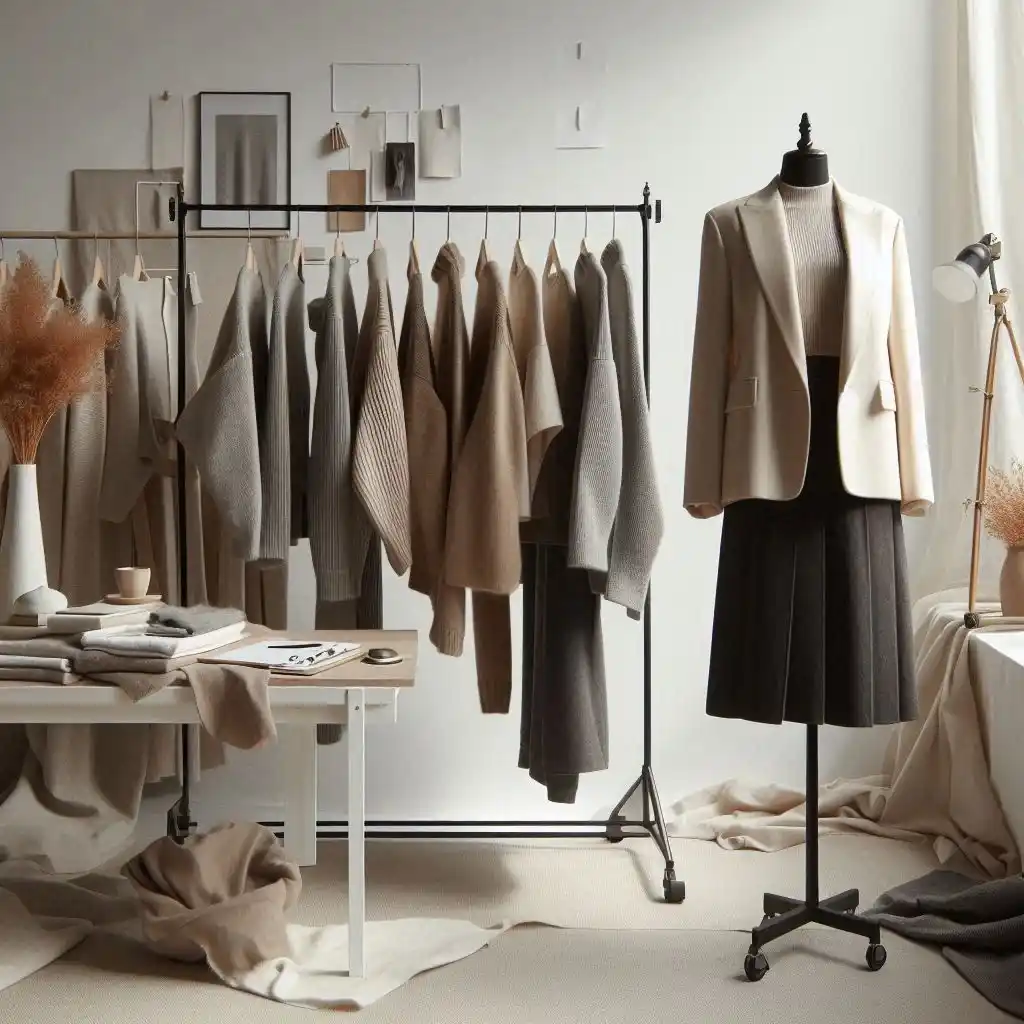
How to Style Acubi Fashion: Effortless Hacks for Everyday Edge
Ready to embrace the Acubi vibe? Follow these styling principles.
1. Master the Art of Contrast
Pair oversized pieces with fitted basics to avoid drowning in fabric. Try a cropped tank top under a slouchy blazer or a sleek bodysuit with billowy trousers. This balance highlights your frame while maintaining Acubi’s relaxed ethos.
2. Layer Textures, Not Colors
Since Acubi leans monochromatic, play with fabrics instead. Layer a linen shirt over a ribbed knit dress, or add a fleece vest to a silk slip. The interplay of matte and glossy, rough and smooth, adds dimension.
3. Accessorize Minimally (But Strategically)
Opt for chunky, utilitarian accessories: lug-soled loafers, geometric earrings, or a structured tote bag. Avoid flashy logos—Acubi is about subtlety.
4. Soften the Edge
Balance rugged elements with delicate touches. Pair cargo pants with a silk scarf tied loosely around the neck, or style a distressed knit with pearl hair clips.
Why Acubi Fashion Resonates Now: A Post-Pandemic Style Revolution
Acubi’s timing is impeccable. Post-lockdown, people crave clothing that’s both comfortable and creatively liberating. Its oversized fits cater to remote workers seeking cozy yet polished looks, while its DIY-friendly ethos aligns with sustainability.
Sustainability Over Speed
In an era of climate consciousness, Acubi’s focus on timeless designs counters fast fashion’s waste. Investing in a well-made, oversized blazer or raw-hem skirt means fewer impulse buys.
The Maximalism Fatigue
After years of Y2K nostalgia and cottagecore whimsy, Acubi offers a clean slate. It’s minimalist enough for everyday wear but edgy enough to stand out—a middle ground for those tired of neon chaos.
Where to Shop Acubi-Inspired Pieces
Korean Brands
- Acubi Studio: The trend’s namesake brand, known for deconstructed blazers and gender-neutral cuts.
- Thisisneverthat: Merges streetwear with Acubi’s minimalist edge.
- LMC: Offers utilitarian pieces with a rugged finish.
Global Retailers
- YesStyle: Curates affordable Acubi-style knits and trousers.
- Musinsa: A Korean platform shipping worldwide, ideal for authentic finds.
- SSENSE: Stocks high-end labels like Yohji Yamamoto, echoing Acubi’s avant-garde spirit.
DIY Tips
Thrift oversized menswear (think XXL button-ups or vintage suit jackets) and tailor them for a custom fit. Distress hems with scissors or layer linen shirts for that “raw” texture.
Conclusion: Acubi Fashion—Where Rebellion Meets Restraint
Acubi fashion isn’t just a trend; it’s a mindset. By marrying minimalist elegance with subversive details, it challenges conventions of beauty and consumption. Whether you’re layering a crumpled linen coat or stomping through the city in chunky loafers, Acubi invites you to redefine “cool” on your own terms. As Seoul’s streets continue to inspire global runways, one thing is clear: this edgy minimalist movement is here to stay.
F.A.Q – Acubi Fashion: Korea’s Edgy Minimalist Streetwear Trend
1. What is Acubi fashion?
Acubi fashion is a Korean streetwear trend that blends oversized silhouettes, neutral tones, and raw textures. It merges minimalist aesthetics with a rebellious edge, focusing on comfort, sustainability, and gender-neutral designs.
2. Where did Acubi fashion originate?
Acubi fashion emerged in the late 2010s from Seoul’s indie subcultures, particularly in districts like Hongdae and Euljiro. It gained global recognition through social media platforms like Instagram and TikTok.
3. Why is it called Acubi fashion?
The term “Acubi” is derived from “acupuncture” and “bi,” symbolizing a precise yet organic approach to fashion design. It reflects the movement’s balance between structure and fluidity.
4. How does Acubi fashion differ from other minimalist styles?
Unlike traditional minimalism, which focuses on clean lines and symmetry, Acubi fashion embraces asymmetry, deconstruction, and raw textures. It also incorporates utilitarian elements like oversized pockets and detachable features.
5. What are the key elements of Acubi fashion?
• Oversized, structured silhouettes (baggy trousers, boxy blazers)
• Neutral and monochromatic color palettes (beige, gray, black)
• Raw textures and fabrics (crinkled linen, distressed knits)
• Utilitarian details (asymmetry, pockets, adjustable elements)
6. Is Acubi fashion sustainable?
Yes! Acubi fashion promotes sustainability by focusing on timeless, high-quality pieces instead of fast fashion trends. Many brands prioritize organic fabrics and unisex designs that transcend seasonal shifts.
7. How can I style Acubi fashion?
• Balance oversized pieces with fitted basics (e.g., slouchy blazer + fitted tank top).
• Layer different textures instead of colors (e.g., linen over ribbed knit).
• Use minimal accessories with a utilitarian touch (chunky loafers, geometric earrings).
8. Where can I buy Acubi-inspired clothing?
• Korean brands: Acubi Studio, Thisisneverthat, LMC
• Global retailers: YesStyle, Musinsa, SSENSE
9. Can I create an Acubi look with thrifted pieces?
Absolutely! Oversized men’s shirts, vintage suit jackets, and distressed denim from thrift stores can be tailored or layered to achieve the Acubi aesthetic.
10. Why is Acubi fashion trending now?
Post-pandemic, people seek styles that are comfortable yet expressive. Acubi fashion’s oversized fits, DIY-friendly approach, and sustainability focus make it appealing in today’s fashion landscape.

